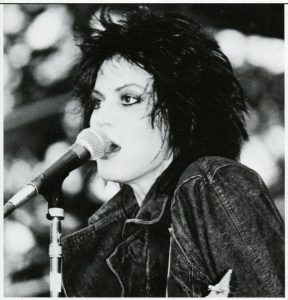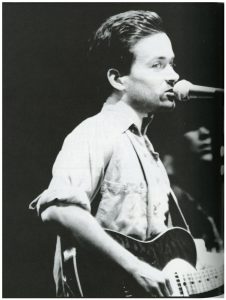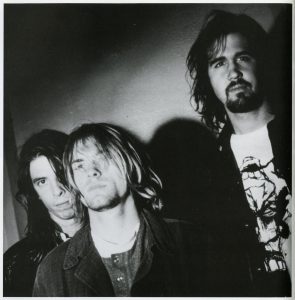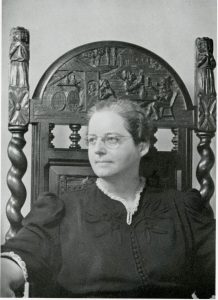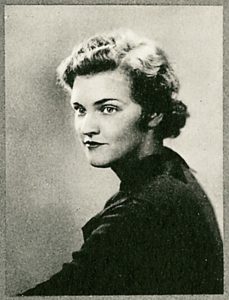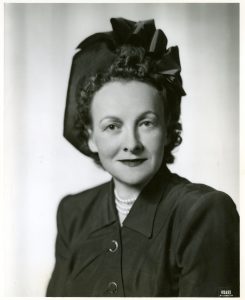In the 1970s, 1980s, and 1990s, AU’s students got to hear lots of national acts right here on campus. Venues included the amphitheater, the baseball field, and Bender Arena. The Student Union Board organized concerts throughout the year but the main event was the spring concert. This annual tradition began in the 1960s and continued through the early 2000s. The 1984 concert featuring The Pretenders, The Alarm, and Stevie Ray Vaughan was cancelled due to security concerns. The 1988 concert was the last held outdoors.
AU Archives’ Top 25 Acts
- Duke Ellington 1964
- Simon and Garfunkel 1966
- James Brown 1968
- Allman Brothers 1970
- Byrds 1970
- Chicago 1972
- Grateful Dead 1972
- B. King 1972
- New Riders of the Purple Sage 1974
- Bruce Springsteen 1974
- Peter Frampton 1976
- Foreigner 1977
- Psychedelic Furs and Marshall Crenshaw 1983
- Joan Jett and the Blackhearts 1987
- Squeeze 1989
- Red Hot Chili Peppers, Smashing Pumpkins and Pearl Jam 1991
- Violent Femmes 1991
- Salt N Pepa and De La Soul 1992
- Nirvana 1993
- Soul Asylum 1993
- Cypress Hill 1994
- Better than Ezra 1996
- Guster 2000
- Weezer 2001
- Bob Dylan 2004
Some of most popular acts to visit campus came in the fall including the Allman Brothers, the Grateful Dead, Bruce Springsteen, the Red Hot Chili Peppers, and Nirvana.

